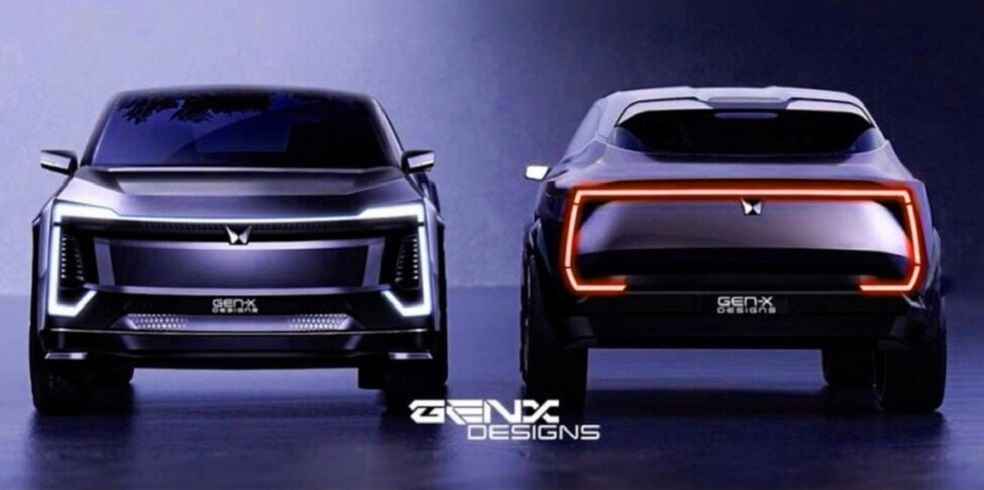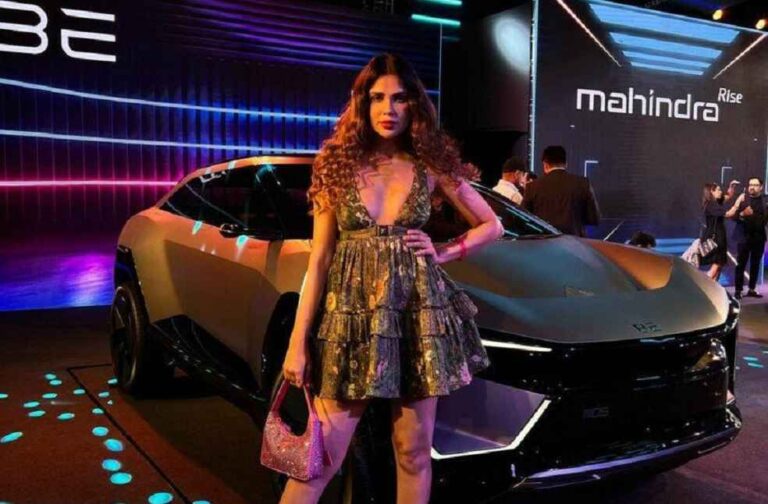Indian automotive powerhouse, Mahindra & Mahindra (M&M), has declared an escalation in their capital expenditure (capex) for the FY22-FY24 investment cycle, now pegged at $2.12 billion, marking a substantial surge from the previous allotment of $2.01 billion. This amplification of investment embraces their auto, farm, and EV enterprises, alongside Group company investments and partnerships.
Mahindra has amped up investment in its automotive ICE (Internal Combustion Engine) business by 20% to $1.27 billion from the initial $1.06 billion. The capex for its electric vehicle (EV) subsidiary, Mahindra Electric Automobile Limited (MEAL), has seen a striking 54% augmentation to $427 million, an upgrade from the initial $277 million.

Mahindra’s revision in auto capex is in anticipation of regulatory changes and a planned capacity expansion. For EVs, the revision mirrors the evolving market requirements, as the company’s blueprint for EV has advanced substantially over the past two years.
M&M has also optimized its Group company investments, downsizing them to $214 million from the previously estimated $360 million, attributing the reduction to external funding.
The automotive major, exhibiting a strong financial performance, reported an 18% surge in its consolidated profit after tax (PAT) at $353 million for Q1 2023. The revenue showed a healthy increase to $4.32 billion for the same quarter.
 Mahindra successfully expanded its production capacity to 39,000 units per month in March 2023, despite the semiconductor shortages impacting the monthly SUV production target. The company plans to further upscale production capacity to 49,000 units per month to effectively reduce the waiting period for its popular models such as XUV700, Scorpio-N, and Thar.
Mahindra successfully expanded its production capacity to 39,000 units per month in March 2023, despite the semiconductor shortages impacting the monthly SUV production target. The company plans to further upscale production capacity to 49,000 units per month to effectively reduce the waiting period for its popular models such as XUV700, Scorpio-N, and Thar.
While the company has no immediate plans to launch new products this year, it has outlined a roadmap to launch the 5-door Thar in CY 2024, ready to compete with Maruti Suzuki’s 5-door Jimny. The company is also working towards a tenfold increase in its farm machinery business and a 1.6x growth in exports by FY26.
 Mahindra has also unveiled a phased growth strategy for international markets. Phase-I is to reduce waiting periods in existing markets, Phase-II aims to introduce EV products in the Western region starting with the UK, and Phase-III, planned for 2030, will introduce EVs in left-hand drive mainstream markets like Western Europe.
Mahindra has also unveiled a phased growth strategy for international markets. Phase-I is to reduce waiting periods in existing markets, Phase-II aims to introduce EV products in the Western region starting with the UK, and Phase-III, planned for 2030, will introduce EVs in left-hand drive mainstream markets like Western Europe.
Further, Mahindra is extending its Zahirabad facility and establishing a new battery assembly line there. Currently sourcing batteries from a Korean supplier, Mahindra has no immediate plans to manufacture cells for its EV batteries and is evaluating production through a Volkswagen partnership.
Lastly, as Mahindra plans to unveil the new Mahindra Oja platform in August 2023, it is also looking to extend its reach in the ASEAN market.
SPECIAL STORY: Should You Buy a Petrol or Diesel Car in the UK?





